The Fulvous Whistling-Duck is a captivating waterfowl species that exhibits unique characteristics and behaviors. Native to various parts of the world, including Africa, Asia, and the Americas, these ducks have distinct features that set them apart from other duck species. With their striking appearance, vocal calls, and fascinating habits, Fulvous Whistling-Ducks have become a subject of interest for bird enthusiasts and nature lovers. These ducks prefer wetland habitats and are known for their cooperative breeding behavior and strong social bonds. Despite facing certain conservation concerns, the Fulvous Whistling-Duck continues to enchant observers with its beauty and intriguing nature.
COMMON NAME: Fulvous Whistling-Duck
SCIENTIFIC NAME: Dendrocygna bicolor
TYPE: Waterfowl
FOOD: Herbivorous diet, primarily feeds on aquatic plants, seeds, and grasses
HABITAT: Wetlands, marshes, lakes, ponds, and rivers
SIZE: Medium-sized bird, approximately 47-51 centimeters (18.5-20 inches) in length
AVERAGE LIFE SPAN IN THE NATURAL HABITAT: Around 5-10 years
ACTIVE: Diurnal (active during the day)
GESTATION PERIOD: Unknown
WEIGHT: Typically weighs between 600-900 grams (1.3-2 pounds)
Tanzania, a country blessed with unparalleled natural beauty and wildlife diversity, is home to a remarkable avian species known as the Fulvous Whistling-Duck. With its distinct appearance and fascinating behaviors, this waterfowl captures the hearts of bird enthusiasts and nature lovers alike. In this article, we embark on a captivating journey to explore the wonders of the Fulvous Whistling-Duck and uncover the secrets that make it an extraordinary inhabitant of Tanzania’s diverse ecosystems.
Habitat and Distribution
Fulvous Whistling-Ducks thrive in various wetland habitats across Tanzania. You can find them gracing the picturesque landscapes of wetlands, marshes, lakes, ponds, and rivers. These captivating birds are commonly observed in national parks and protected areas such as the Serengeti National Park, Ruaha National Park, and the Selous Game Reserve. Their presence in these regions enhances the rich tapestry of Tanzania’s natural heritage, delighting both locals and visitors with their unique charm.
Physical Characteristics
The Fulvous Whistling-Duck showcases an array of distinctive features that set it apart from other avian species. Standing at an average height of 47-51 centimeters (18.5-20 inches), these medium-sized birds possess a sleek, elongated body and long neck. Their plumage exhibits a striking combination of cinnamon-brown, buff, and black, creating an exquisite tapestry of colors that catches the eye. Furthermore, their wings feature intricate patterns, adding to their overall elegance.
Behavior and Vocalization
As diurnal creatures, Fulvous Whistling-Ducks are most active during the day, engaging in various behaviors that showcase their sociability and remarkable adaptability. They often gather in flocks, numbering from a few individuals to several hundred, forming a mesmerizing spectacle. Their synchronized movements, as they swim, feed, or take flight, are truly a sight to behold.
One of the most fascinating aspects of the Fulvous Whistling-Duck’s behavior is their vocalization. Emitting a series of melodious whistling calls, they communicate with their fellow ducks, establishing social bonds and maintaining group cohesion. These delightful sounds reverberate through the wetlands, serving as a reminder of the diverse avian symphony that enriches Tanzania’s natural landscapes.
Feeding Habits
The Fulvous Whistling-Duck’s diet mainly consists of herbaceous vegetation found in and around their wetland habitats. They have a penchant for aquatic plants, seeds, and grasses, which they skillfully forage in shallow water bodies. Their broad, flat bills are perfectly adapted for grazing on vegetation, enabling them to thrive in their chosen ecosystem. Watching these graceful birds delicately plucking their food from the water’s surface is a remarkable experience that showcases the wonders of nature.
Conservation Status
While the Fulvous Whistling-Duck is not currently considered globally threatened, it faces various conservation challenges that necessitate our attention and care. Habitat loss and degradation due to human activities, including urbanization and agricultural expansion, pose significant threats to their long-term survival. It is crucial for us to raise awareness about these issues, support conservation efforts, and foster sustainable practices to safeguard the future of this enchanting species.
Birdwatching Destinations to Spot the Fulvous Whistling Duck
Here are some notable places in Tanzania where you can spot the Fulvous Whistling-Duck:
- Serengeti National Park: Known worldwide for its annual wildebeest migration, the Serengeti also provides excellent opportunities to observe various bird species, including the Fulvous Whistling-Duck. Keep an eye out for them near the park’s wetland areas and watering holes.
- Ruaha National Park: Located in the heart of Tanzania, Ruaha National Park is a haven for diverse wildlife, including avian species. The park’s river systems and marshes offer ideal habitats for the Fulvous Whistling-Duck, making it a promising location for birdwatchers.
- Selous Game Reserve: As one of Africa’s largest game reserves, Selous offers an expansive and diverse ecosystem. Its sprawling wetlands and riverine forests attract numerous bird species, including the Fulvous Whistling-Duck. Exploring the reserve’s waterways can lead to delightful encounters with these beautiful birds.
- Lake Manyara National Park: Nestled at the base of the Great Rift Valley, Lake Manyara National Park is renowned for its stunning landscapes and abundant birdlife. The park’s alkaline lake, marshes, and surrounding woodlands are frequented by a variety of waterbirds, including the Fulvous Whistling-Duck.
- Ngorongoro Conservation Area: This UNESCO World Heritage Site is home to the breathtaking Ngorongoro Crater, a natural amphitheater teeming with wildlife. The crater’s freshwater pools and surrounding wetlands attract numerous bird species, making it another promising spot to search for the Fulvous Whistling-Duck.
- Arusha National Park: Situated near the bustling town of Arusha, this compact yet diverse national park offers a range of habitats, including lakes, swamps, and montane forests. These diverse ecosystems provide ample opportunities for birdwatchers, and you may come across the Fulvous Whistling-Duck during your explorations.
Remember, the Fulvous Whistling-Duck is a wetland species, so it is advisable to focus your search around areas with suitable habitats such as wetlands, marshes, lakes, and rivers. Keep your binoculars handy, be patient, and enjoy the breathtaking beauty of Tanzania’s avian wonders.
Fulvous Whistling Duck
The Fulvous Whistling-Duck, with its captivating appearance, remarkable behaviors, and vital role in Tanzania’s wetland ecosystems, stands as a testament to the country’s rich avian diversity. By exploring the enchanting world of these birds, we gain a deeper appreciation for the delicate balance of nature and the importance of preserving it. Tanzania’s wetlands offer a sanctuary for the Fulvous Whistling-Duck, and its presence serves as a reminder of the wonders that await those who venture into this awe-inspiring country.

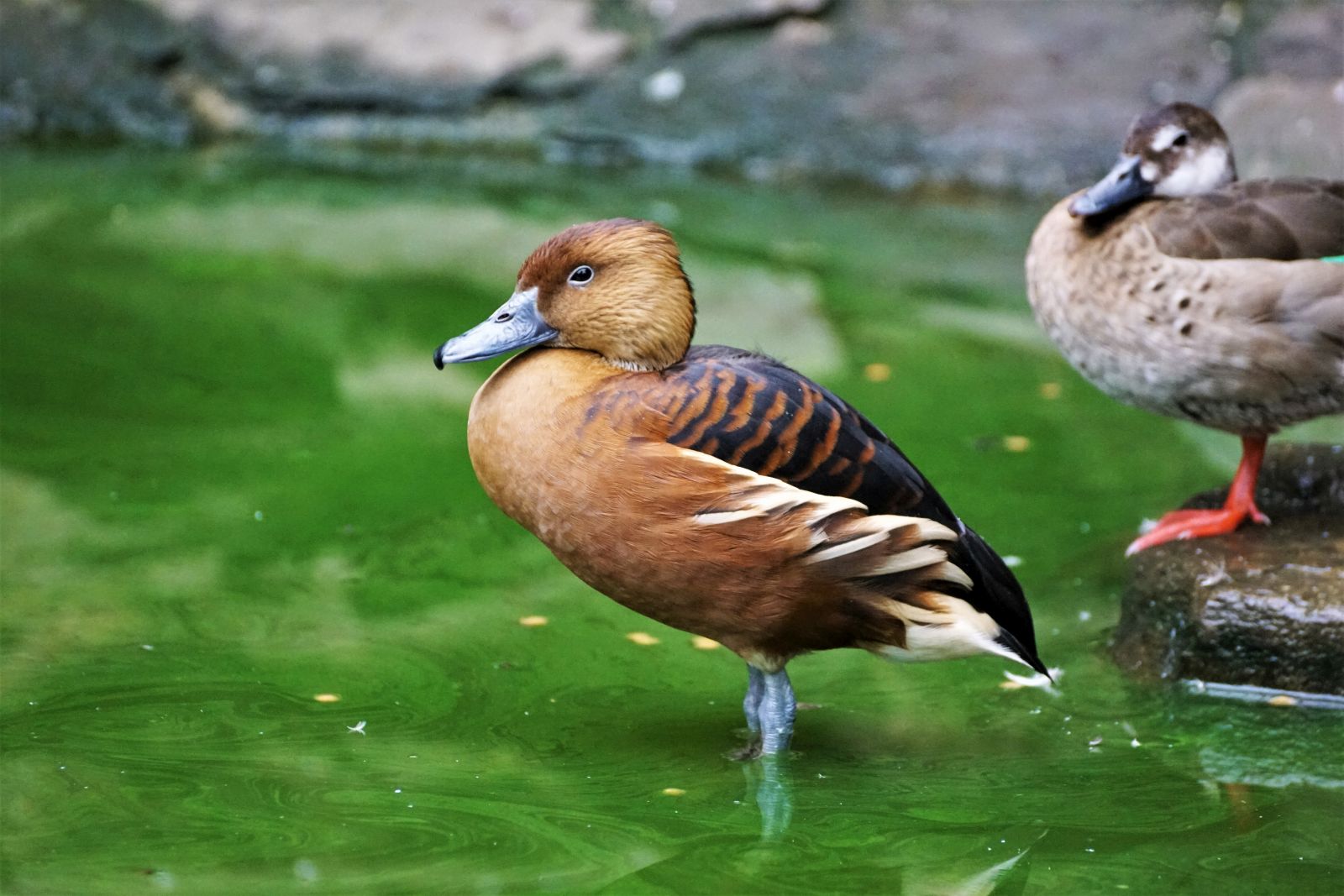
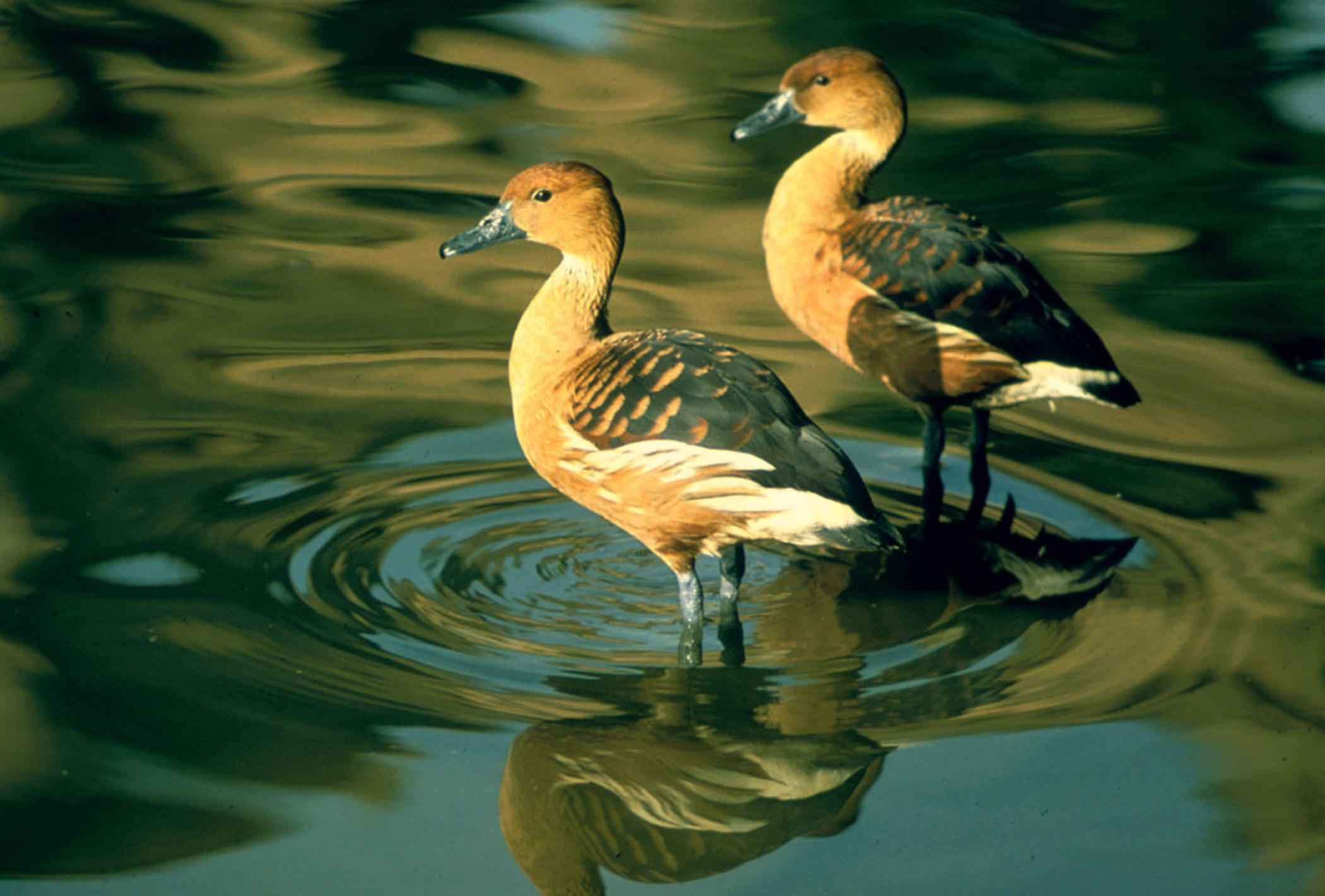
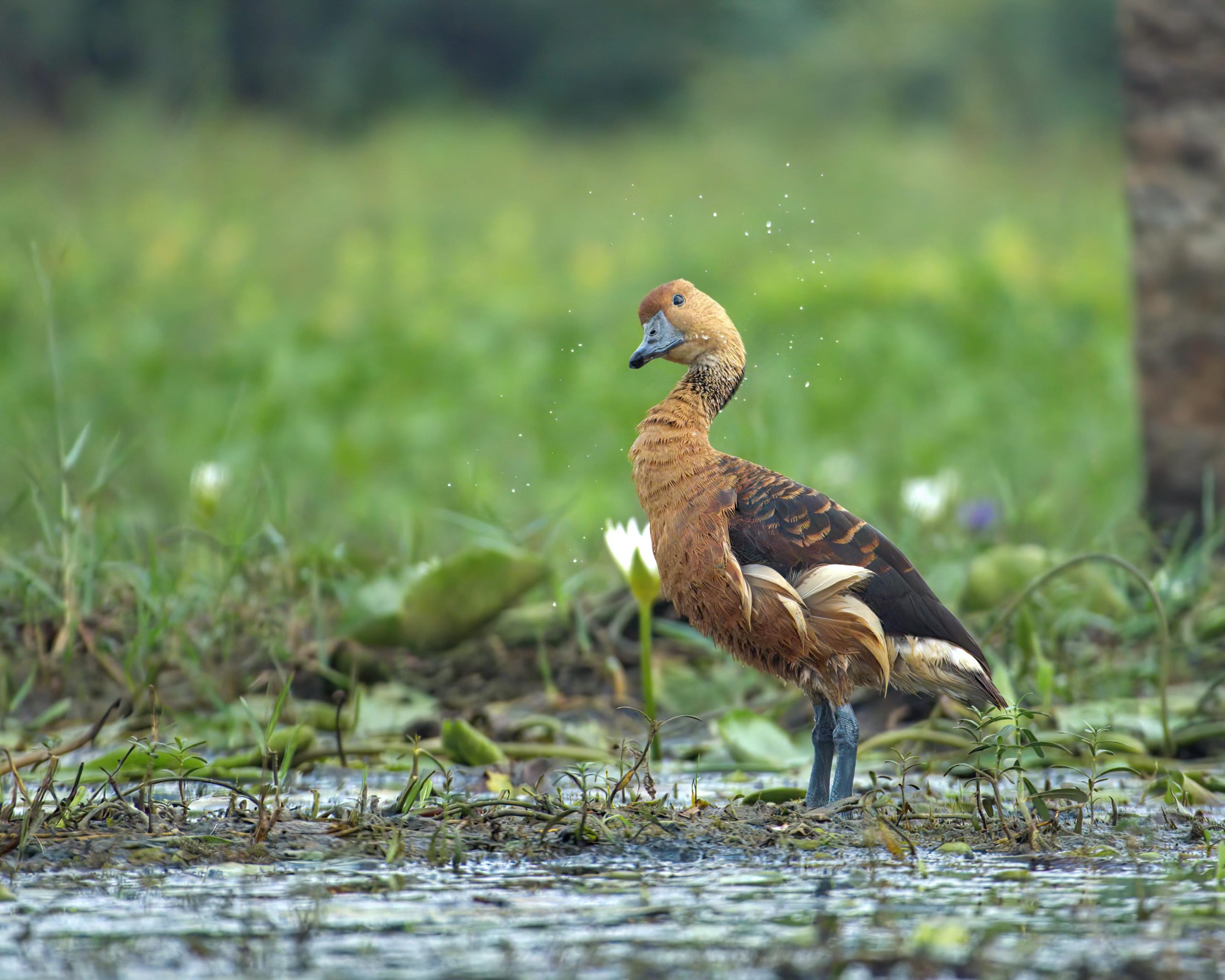
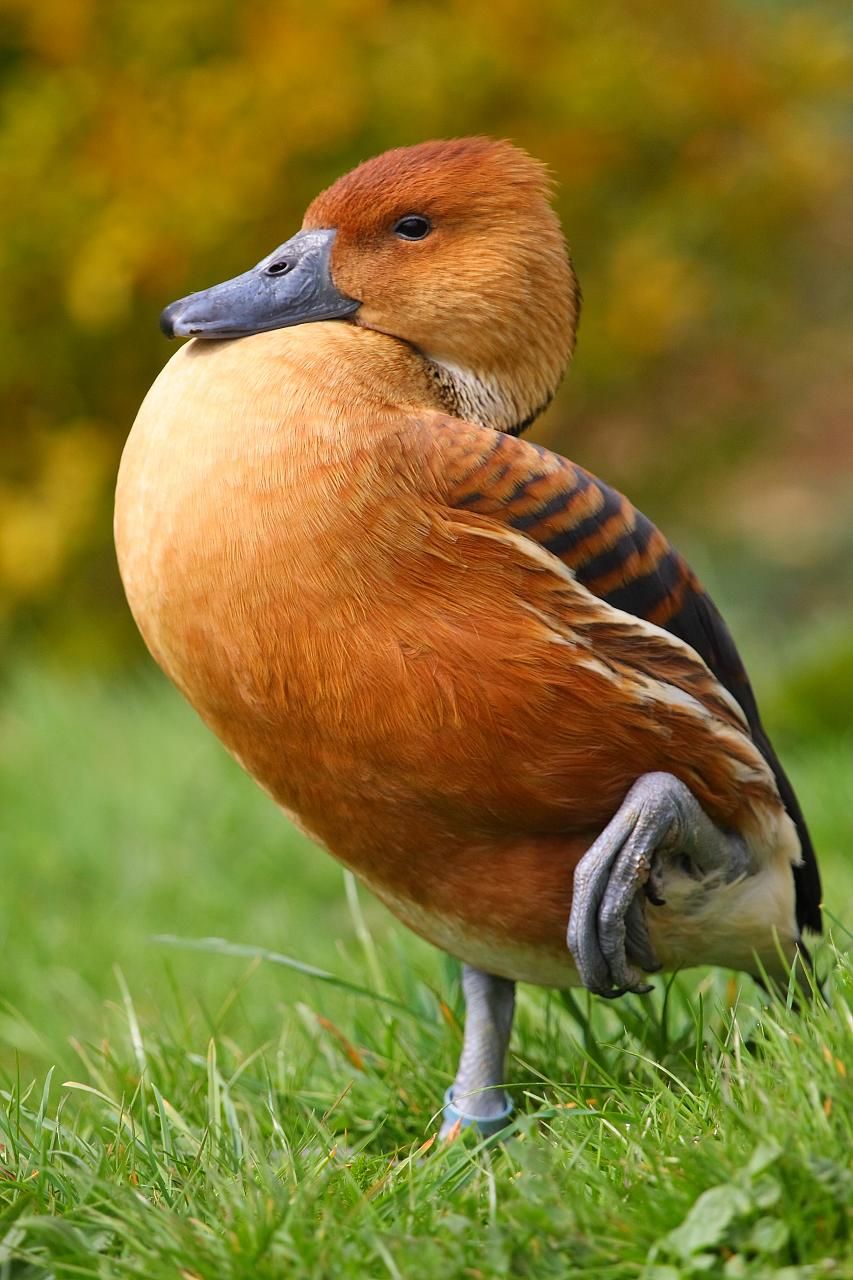
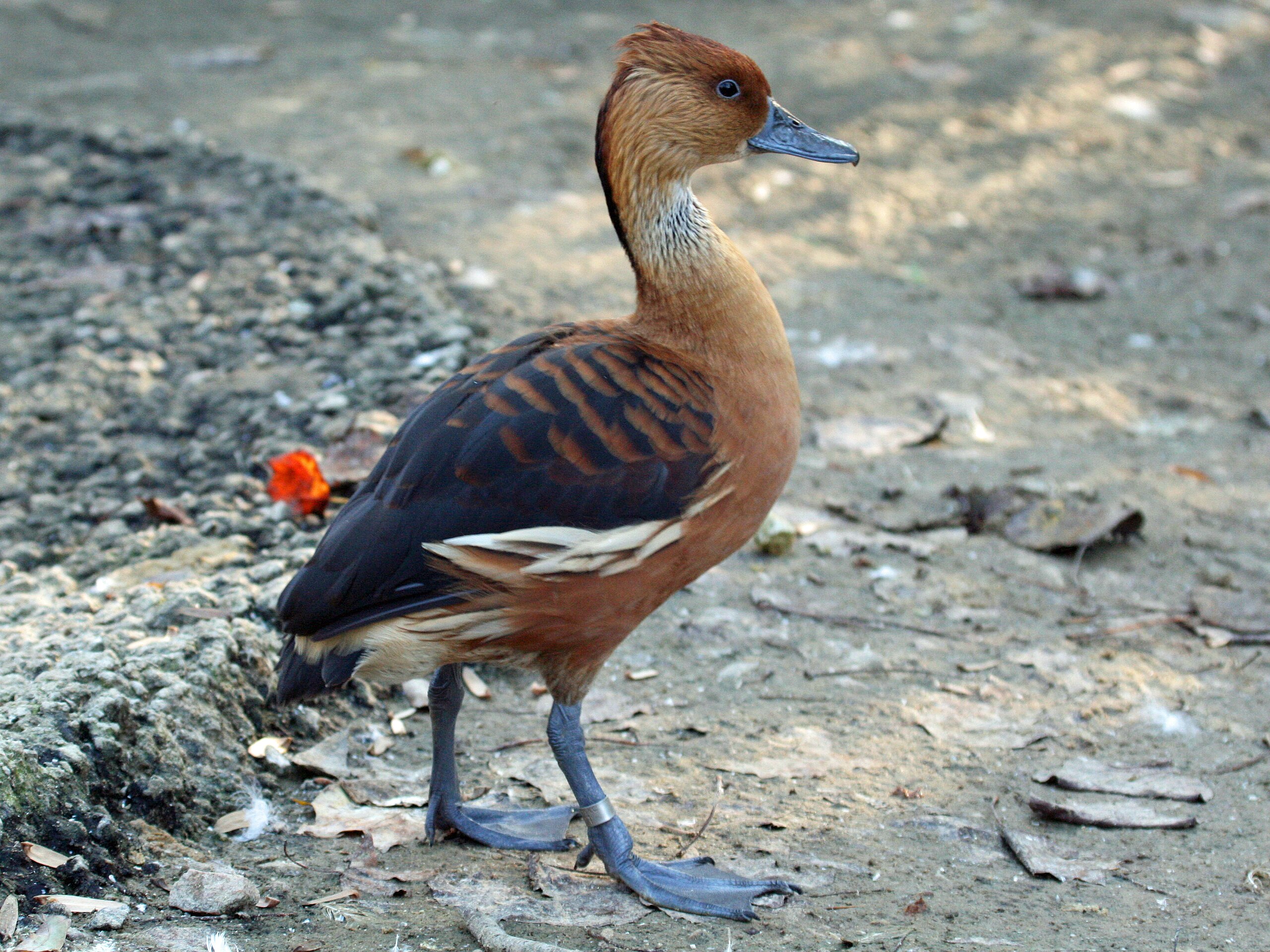
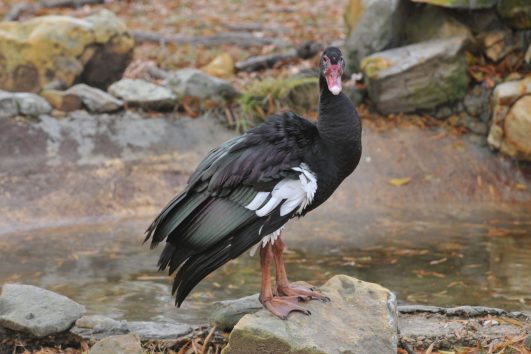
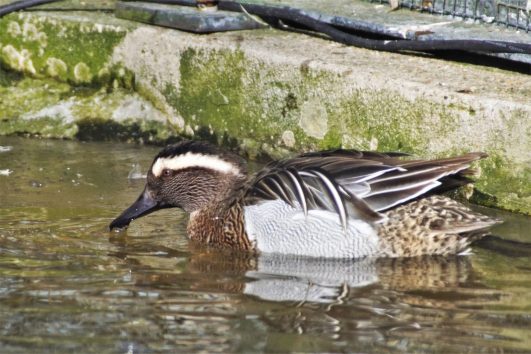
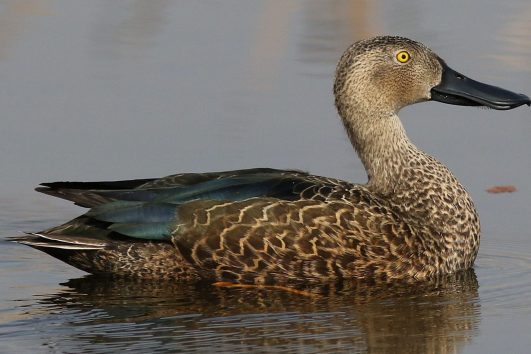
Tour Reviews
There are no reviews yet.
Leave a Review